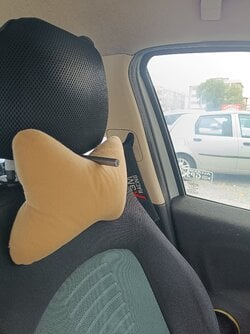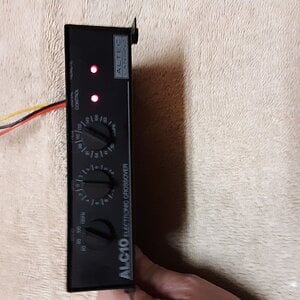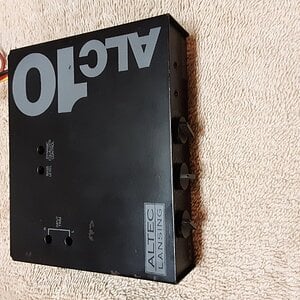I have a question about levels.
After having calibrated the gain of the amplifiers, as per procedure I measured the dB of the speakers to see which one sounds less and then match the others to that volume.
But at what volume should I set the main volume, in my case from the DSP remote control that regulates the main volume (that of the smartphone is already at maximum) to measure and adjust the levels?
Instead of setting it to 40, I set it to 30/40 so I have a little bit of headroom if maybe a song is recorded lower.
So the speakers with the lowest dB are the woofers.
The woofers are at 73db, the mids at 78 and the tweeters at 82...
So I set the target value for everyone at 75 dB!
Each speaker was then calibrated to 75 dB.
However, I was wondering if it was right to have set the master volume to 30 out of 40 from the DSP..
If I had set 25 the measurements would have been lower and therefore perhaps I would have calibrated everything to 70 or 65 dB...if instead I had set 35 or 40 the measurements would have given higher dB.
As for measuring frequency response, they recommend that 70-75 db is a good range to measure!
As for the levels instead?..75db with a margin of another +10 db could be fine?
At what volume should the master volume of the DSP that controls the entire system be kept before proceeding to measure the levels of all the speakers?
maybe at the same volume as how I calibrated the gain of the amplifiers? or more conservative?
After having calibrated the gain of the amplifiers, as per procedure I measured the dB of the speakers to see which one sounds less and then match the others to that volume.
But at what volume should I set the main volume, in my case from the DSP remote control that regulates the main volume (that of the smartphone is already at maximum) to measure and adjust the levels?
Instead of setting it to 40, I set it to 30/40 so I have a little bit of headroom if maybe a song is recorded lower.
So the speakers with the lowest dB are the woofers.
The woofers are at 73db, the mids at 78 and the tweeters at 82...
So I set the target value for everyone at 75 dB!
Each speaker was then calibrated to 75 dB.
However, I was wondering if it was right to have set the master volume to 30 out of 40 from the DSP..
If I had set 25 the measurements would have been lower and therefore perhaps I would have calibrated everything to 70 or 65 dB...if instead I had set 35 or 40 the measurements would have given higher dB.
As for measuring frequency response, they recommend that 70-75 db is a good range to measure!
As for the levels instead?..75db with a margin of another +10 db could be fine?
At what volume should the master volume of the DSP that controls the entire system be kept before proceeding to measure the levels of all the speakers?
maybe at the same volume as how I calibrated the gain of the amplifiers? or more conservative?
Last edited:



